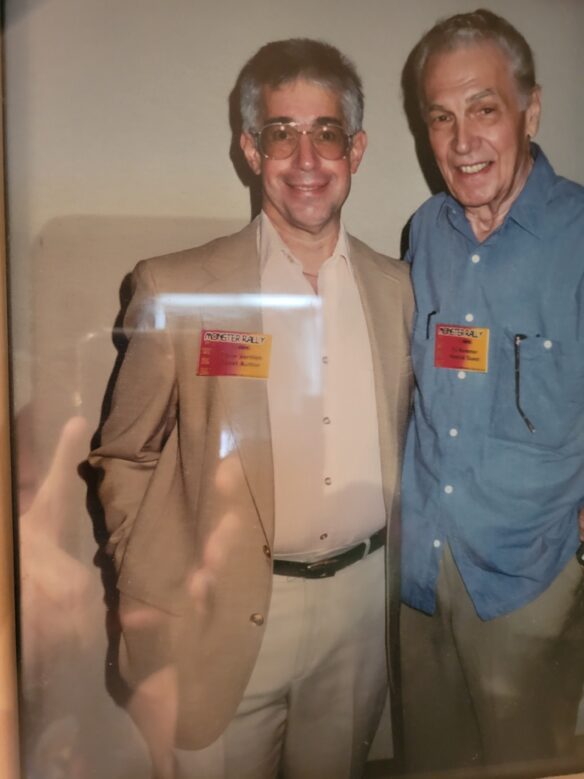
By Steve Vertlieb: Following the end of the Second World War, America was consumed by a sense of re-birth, combined with an urgent longing for renewal. An air of exhilaration and breathless optimism filled the minds and hearts of a country weary of war, yearning to find new beginnings. The ceiling seemed virtually unlimited, as new housing, new jobs and careers, and new technological wonders replaced the science fiction of old with the astonishing reality of the present. As a new decade began, a small box began to appear in living rooms throughout the United States, providing a startling gateway …a wondrous “yellow brick road” … to a magical, unparalleled new world of adventure, music, and information. The box was called … Television.

The comparative innocence of the early 1950’s in America gave birth to a special world of children’s television, happily inhabited by science fiction and western tv heroes created entirely for a robust, imaginative generation of “baby boomers, hungry for programming expressly invented for, and inviting to, them. Walt Disney began his long television career during the early to mid-fifties, while William Boyd as Clarence Mulford’s “Hopalong Cassidy,” as well as Roy Rogers, and Gene Autry, were virtually re-born, finding an entirely new audience of kids, becoming the first television superstars whose national popularity would endure for decades. Bill Boyd, particularly, having played the silver haired cowboy, known quite simply as “Hoppy,” in countless Paramount Pictures in the thirties and, largely as an independent producer in the 1940’s, was easily the savior of the fledgling medium, producing a whole new series of half hour Hopalong Cassidy episodes for his own early western series while becoming, perhaps, the most beloved star in television.
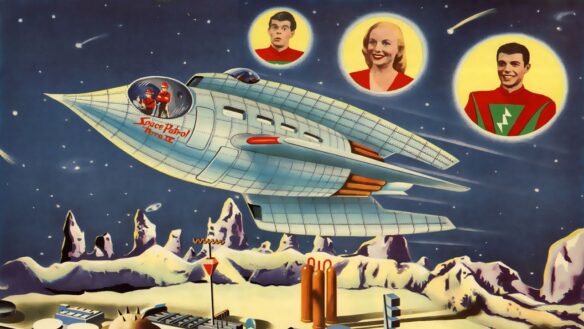
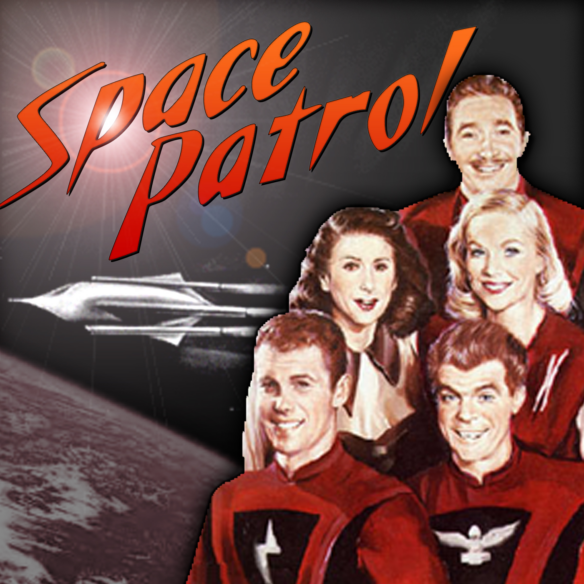
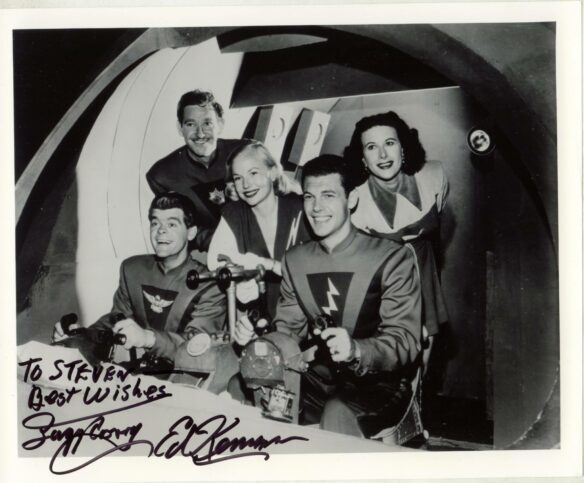
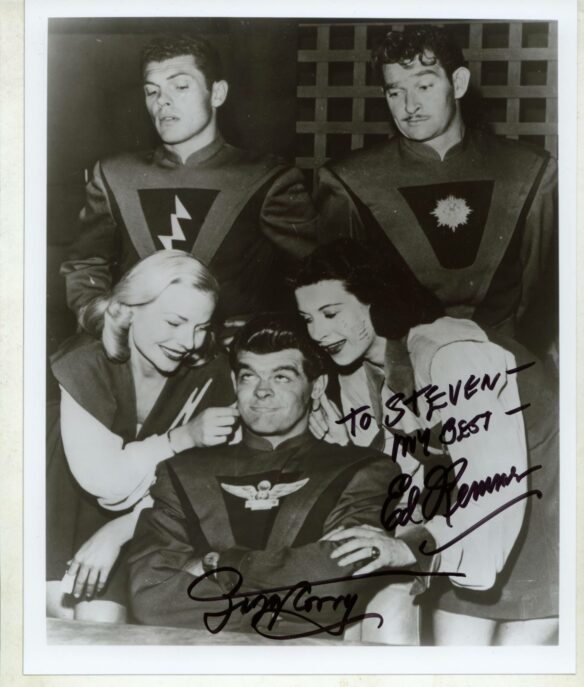
Created by Mike Moser, Space Patrol began its run on ABC Television locally in Los Angeles on March 9, 1950 in a fifteen-minute format, expanding to thirty minutes nationally on Saturday, December 30, 1950. Airing on the network until February 26,1955, the beloved series was later re-born in syndication as Satellite Police. With Ed Kemmer as Commander Buzz Corry, Lyn Osborn as Cadet Happy, Ken Mayer as Major Robbie Robertson, Bela Kovacs as Prince Baccarratti, Virginia Hewitt as Carol Carlisle and Nina Bara, as Tonga, Commander Corry and youthful Cadet Happy roamed the 30th-century universe in their space cruiser, “Terra,” fighting super-villains such as Mr. Proteus, Prince Baccarratti, and other “spacial” villains, including actor Marvin Miller, the voice of science fiction’s most illustrious mechanical being, “Robby The Robot,” in MGM’s 1956 science fiction movie milestone, Forbidden Planet (as well as the star of the popular CBS series, The Millionaire,” as Michael Anthony, the courier of certified checks in the amount of one million dollars for his employer, John Beresford Tipton, played off camera by Paul Frees.
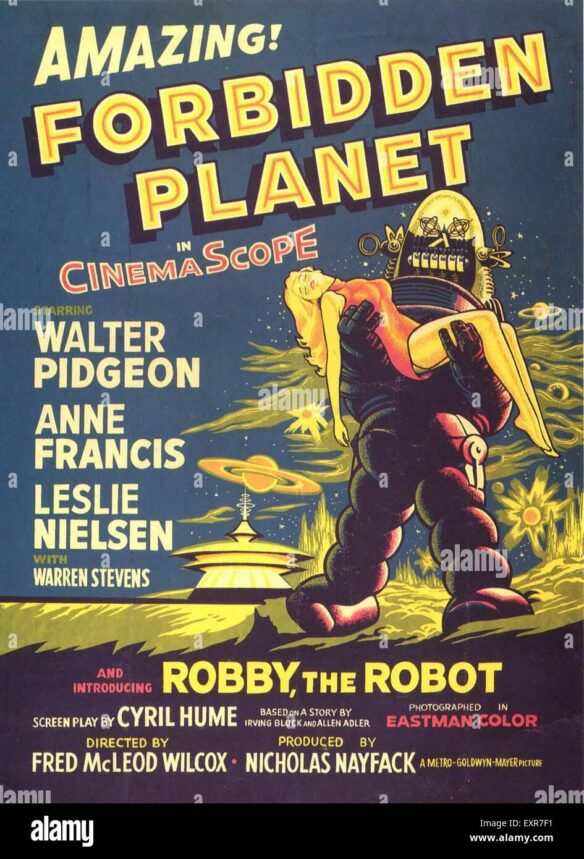
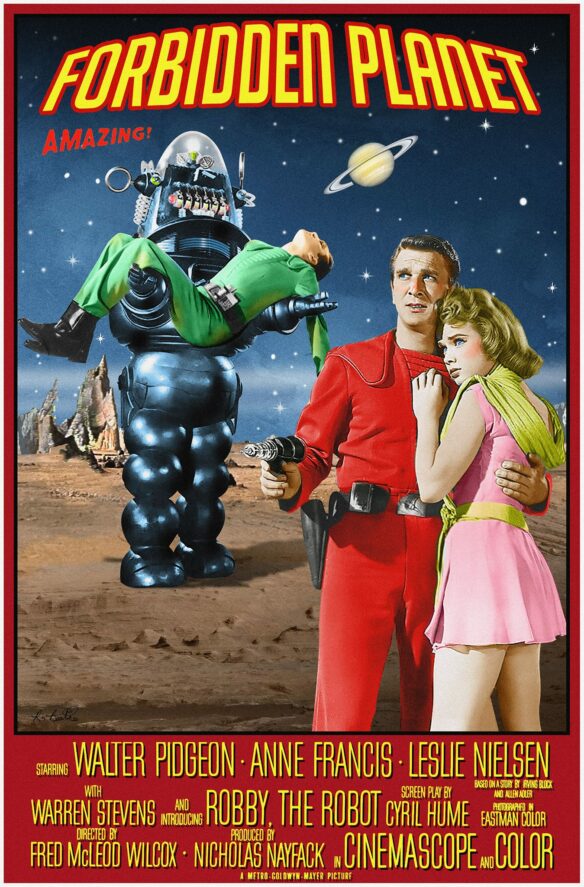
Moser hoped to inspire, in a new generation of boys and girls, the thrills and wonders of the original Universal Flash Gordon, and Buck Rogers serials starring Larry “Buster” Crabbe, that he’d grown up with in the mid 1930’s. Ace flyer, war hero, and German prison camp survivor, Edward Kemmer was chosen by Moser to play the lead in the new series. Surviving “baby boomers” might also recall Kemmer’s co-starring role with William Shatner, as the “Captain” of the nightmarish airplane, enduring Richard Matheson’s “Nightmare at 20,000 Feet,” on Rod Serling’s provocative, groundbreaking sci-fi/fantasy series, The Twilight Zone on CBS.
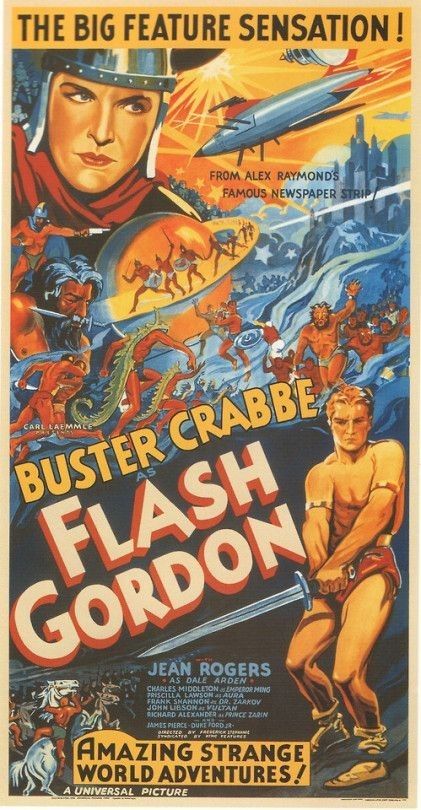
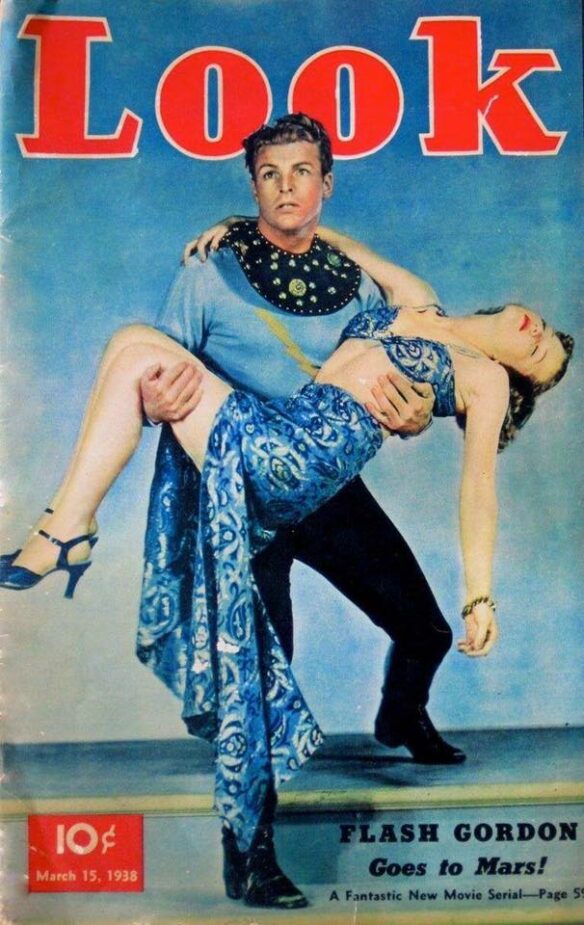
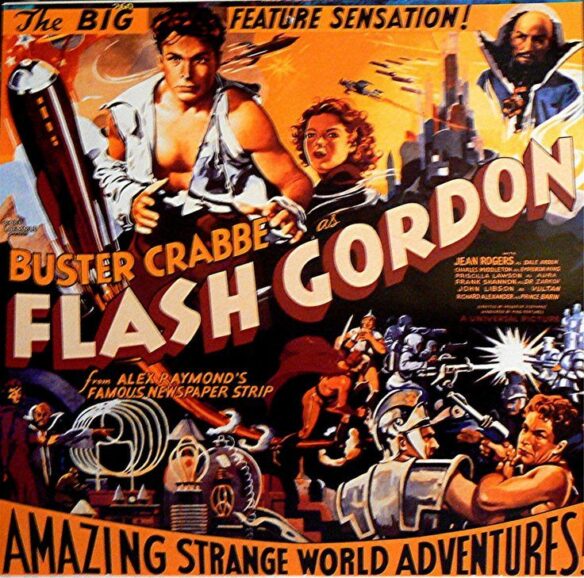
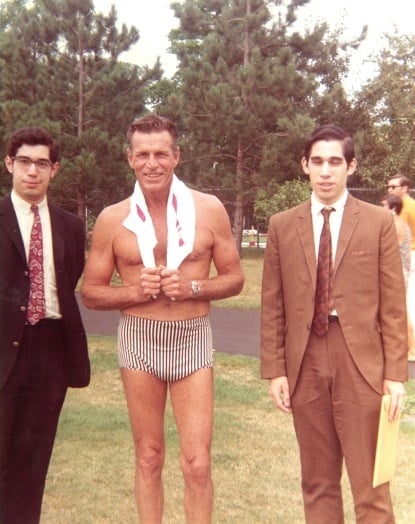
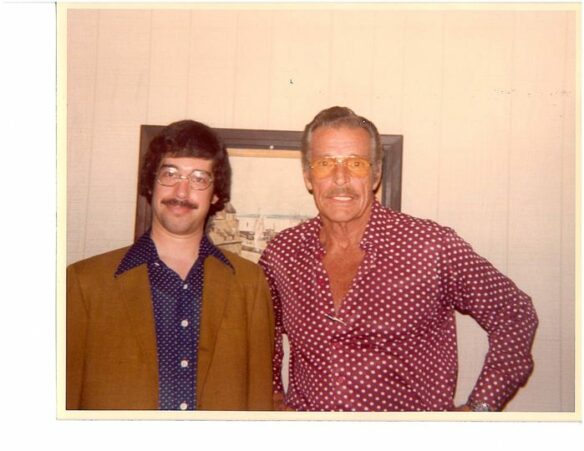
Space Patrol was consistently among the highest rated series televised on the infant medium. With high profile sponsorship across the country by Ralston Purina Company, makers of Rice Chex and Wheat Chex, the weekly series was so popular that the network had a specially engineered, life-sized replica of the space cruiser “Terra” built, which toured the country to the utter delight of thousands, perhaps millions, of young space cadets longing to visit with, and board her.
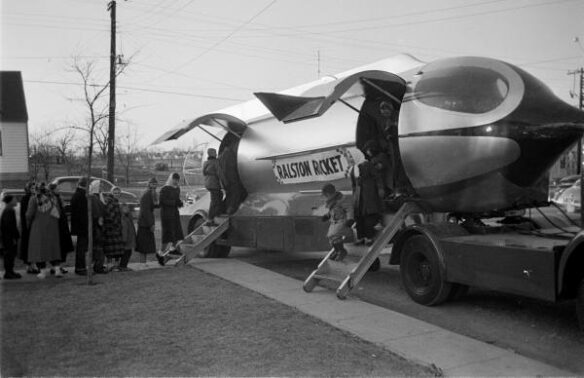

The surprise popularity of Space Patrol did not go unnoticed in Hollywood, for it has long been rumored to have been not only the inspiration for MGM’s monumental science fiction hit, Forbidden Planet, in 1956, but an early influence, as well, on the development and production of Gene Roddenberry’s original Star Trek series, starring William Shatner, Leonard Nimoy, and De Forrest Kelly, for NBC Television in September, 1966. I’d interviewed Bill Shatner at Philadelphia’s “Playhouse in the Park,” where he was performing in a stage adaptation of “There’s A Girl In My Soup” with Jill Hayworth in 1969, for the British sci-fi film magazine, L’Incroyable Cinema. It was also my good fortune to both meet and befriend another boyhood hero, Buster Crabbe, during that same torrid, event-filled summer. However, I’d longed for decades to meet my last surviving cinematic hero, Edward Kemmer, feeling acutely the encroaching burden of melancholy and resignation as the years passed by, with seemingly little hope for success.
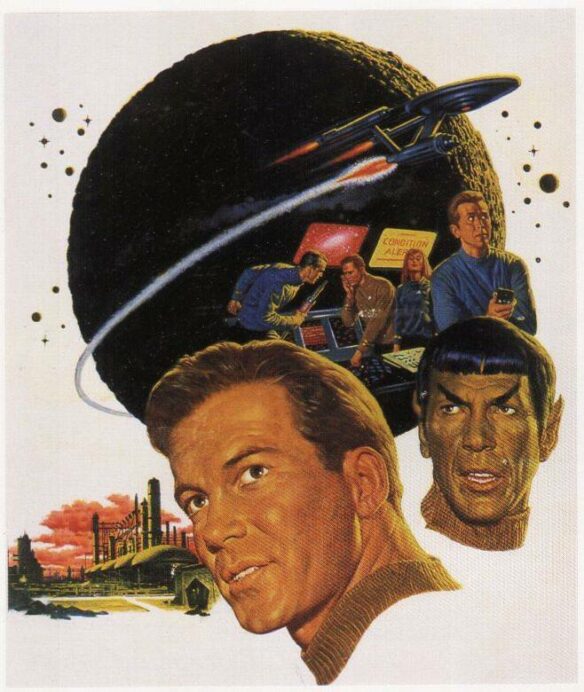
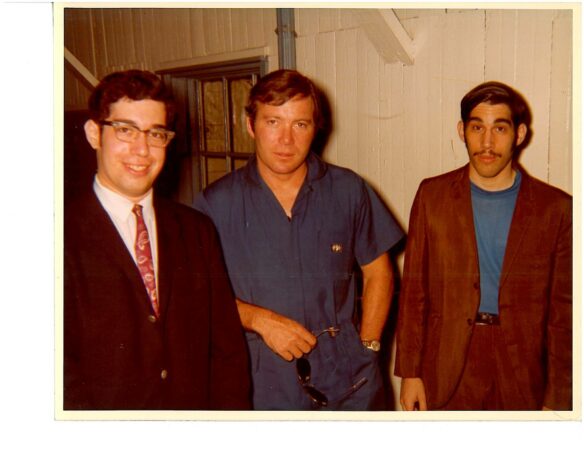
The fates are occasionally kind for, many years later, as a fully grown fan, I’d begun to hear rumors from friends across the country that Ed was starting to make personal appearances at science fiction and nostalgia conventions. Fortune smiled upon me at last when I learned that Ed was scheduled to appear at the annual “Fanex” film convention in Baltimore, Maryland, hosted by Gary and Susan Svehla, publishers of Midnight Marquee Magazine. Driving from Philly to Baltimore, my heart raced wildly as the realization of my childhood dreams was about to come miraculously to life and sweet reality. Arriving nervously at the convention, I visited Ed’s table in the huckster room, but Ed was nowhere to be found. As evening approached, I dressed appropriately for the official welcoming festivities, and waited patiently for a glimpse of my hero.
Suddenly, there he was … older … grayer … yet immediately recognizable as Commander Buzz Corry of the Space Patrol. I walked up to him, breathless with boyish enthusiasm and excitement, and told him that I’d loved him for fifty years. Smiling broadly, with a just a bit of feigned shock and delight, he said “You couldn’t possibly be that old.” I quickly assured him that I could, and that I was. I was shaking, and filled with trepidation, as the years mercifully melted away, providing me with a joyous time capsule, a loving portal back to a simpler reality when I was just five years old, and the brand new 1950 RCA television that my dad had purchased had sweetly returned to life.
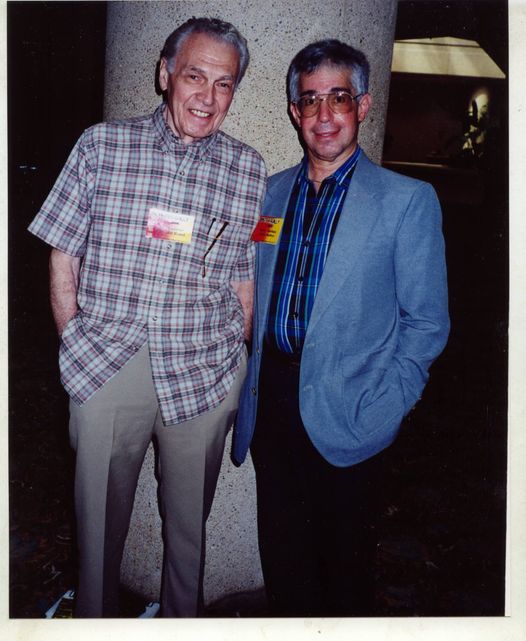
On Saturday afternoon, as Ed spoke on stage before an adoring audience of maturing “children” and aspiring “space cadets,” he remembered with amusement, and a degree of cherished annoyance, that his co-star, Lyn Osborn, would often forget his lines, turning frantically to his superior officer for a “cue,” asking “What do you think, Commander.”
After that, Ed and I became good friends and correspondents, until his inevitable passing on November 9, 2004, at age 83. He loved Sinatra, and I used to compile selections by the singer on audio tape, and mail them to his New York apartment. He recalled visiting the set of The Rosemary Clooney TV show, which was produced by his old Space Patrol director, Dick Darley. Nelson Riddle was her musical director, and they often talked of their mutual love and respect for “Ol’ Blue Eyes.”
I couldn’t believe that I’d actually befriended one of my earliest boyhood heroes … Commander Buzz Corry of the Space Patrol. It was a relationship that I shall cherish until I, myself, pass into the stratosphere, serving courageously alongside “Buzz Corry,” aboard the space cruiser “Terra,” soaring happily into the Heavens, while returning to “those thrilling days of yesteryear.”
